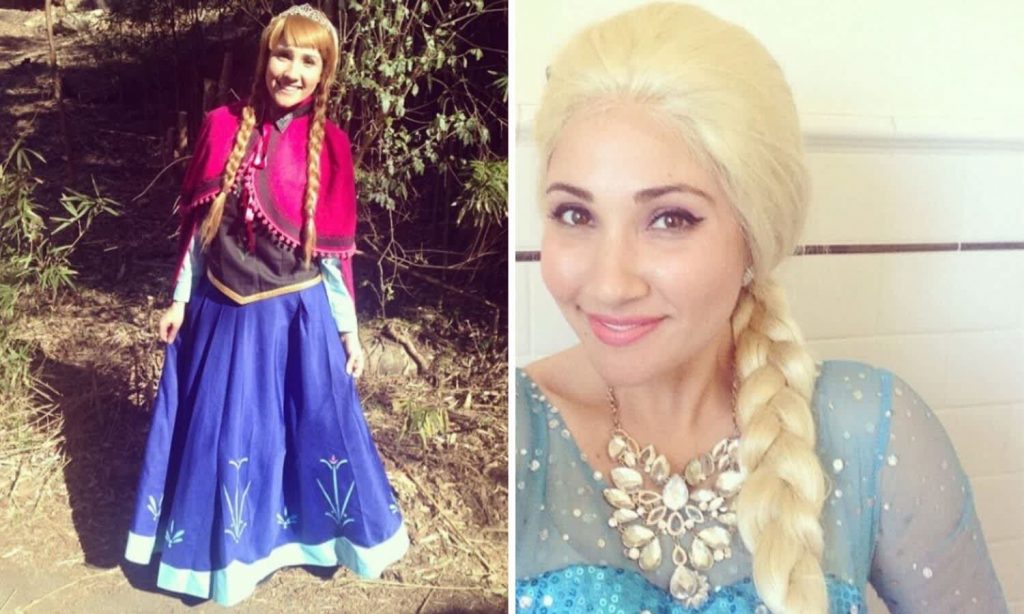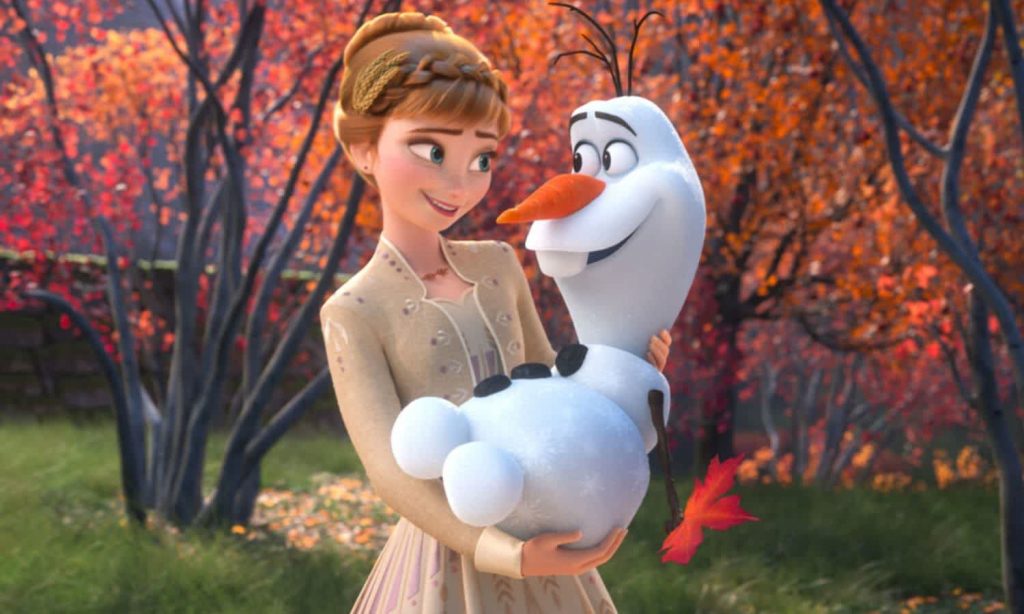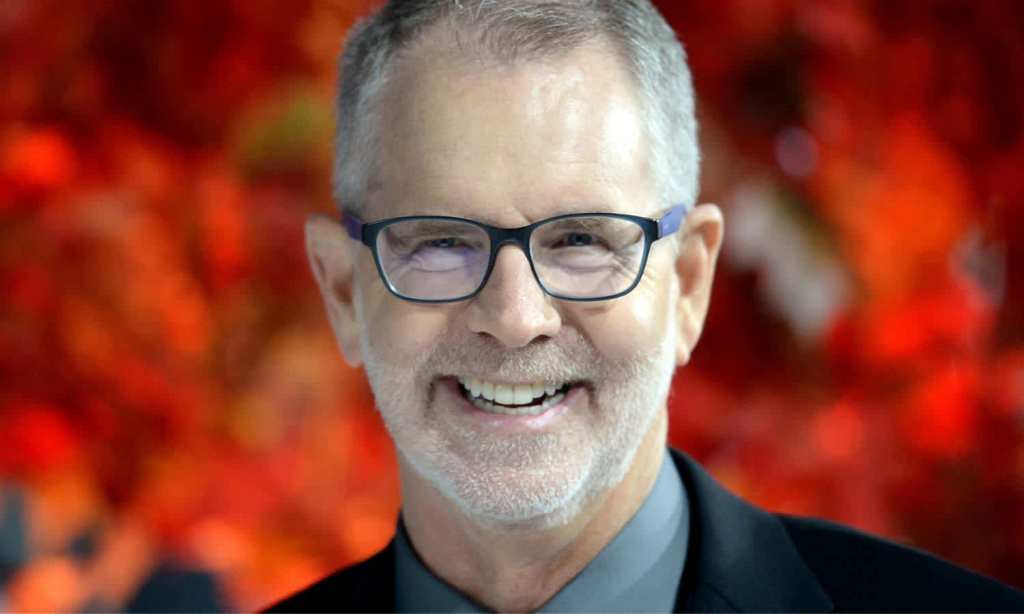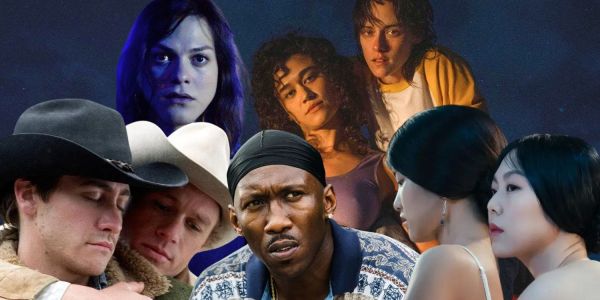My sister and I loved Disney when we were growing up. Our Mary Poppins VHS tape was played so many times that the tape began to fray.
Like many millennials, Disney was — and still is — an escape from a sometimes volatile life. The music, the magic and the life lessons we learnt along the way still bring us joy and often transport us back to imagination and wonderment.
I recently had the honour of interviewing Chris Buck, the director of Frozen I and II for the release of Into The Unknown: The Making of Frozen 2 on Disney +. During the chat, it became apparent to me very quickly, just how much it actually meant to me.
Not only is Buck Disney royalty himself, but he was also mentored by Eric Larsen, one of Walt Disney’s nine old men (a core group of supervising animators who created Walt Disney Studios’ most famous works), a tidbit that filled me with emotion.
During our chat, Buck was humbled by my stories of being a kids party entertainer with Pistachio Entertainment — where I would dress up as the characters from his movies.
I told him about how the children would stare up at me with eyes wide open, watching in amazement that Ana or Elsa was in their presence — not even flinching that I had an Aussie accent, or that I couldn’t even sing.
Buck was “so thrilled” that I played Ana and was “honestly a little jealous” that the kids would be so in awe.
“You know, when people introduce me [to others] saying that I’ve done this or that from Frozen, the kids look at me like I’m a unicorn or something,” he said during our interview for TheLatch—.
“They look at you like, ‘You’re not from Frozen, you’re not any of the characters’, and [then] they just go, ‘yeah, whatever’; so when they find you so real, I just love that!”
While the director (also behind Tarzan (1999) and Surf’s Up (2007)) is enjoying incredible success with the film franchise, it has been a bittersweet journey.
During his acceptance speech at the 2014 Academy Awards, where he and his team won for Best Animated Feature Film, Buck gave a special acknowledgement.
“We’d like to dedicate this to our guardian angel, that’s my son Ryder Buck. Thank you, Ryder,” he said.
In August 2012, Chris Buck’s son, Ryder, was diagnosed with Stage 4 testicular cancer. After treatment made him cancer-free, Ryder was killed in a car accident in October 2013.
“I was in New York doing press for the first film when I got the phone call that my son had been killed in a car accident,” Buck recalled.
Here, Buck talks to TheLatch—, about how the song The Next Right Thing in Frozen II was a “cathartic” experience, the secret recipe for successful Disney films, how he got into the biz and talks about a potential Frozen III.

Anita Lyons: Hi Chris, I must say, it’s such an honour to be speaking with you today. Let’s talk about the phenomenon that is Frozen, could you have possibly predicted how successful the films would be?
Chris Buck: Oh no, no, no. When we were working on it, it was all about just trying to make an entertaining movie, you know, characters that people would like and songs that they could sing, so we had no idea the impact it would have.
It floored us. It kept going after the film had been out, of course then the DVD.
The music really kept it alive too, people loved the music and they brought it into their own lives and made their own music videos and then when we saw that happen again with the second film, but this time, they brought even more because of the love of these characters.
It’s a phenomenal moment that happened there and none of us, none of us — we were all taken by surprise.
AL: When you’re doing a sequel like Frozen II, what is the pressure for you professionally and personally to make it just as successful?
CB: There is pressure but we try to keep the pressure out of the story room. We put the pressure on ourselves all of the time, within the story room and with the artists.
It’s the same pressure as with the first film, we’re trying to make something decent. So, it was the same, but of course, we were aware of the audience’s expectations more so.
I think the biggest challenge was — for ourselves and for the fans — that we were trying to stay true to the characters, but, yet let our characters grow and mature and not betray their true personalities just because they were growing up. That was the true challenge.
AL: Well, you certainly succeeded. Both films and the short were stunning. I know a lot of friends with kids really enjoy them also. How important is it for you to “speak to adults” when making a Disney film?
CB: Well, we try to speak to everyone.
We have the kid audience but we also try to speak to teenagers and we strive to speak to adults. There’s always that challenge unto itself, trying to add something that everyone can enjoy on several different levels.
There will be jokes in there sometimes that kids are not going to get and the adults will get it, but then the kids will get them later, 10 to 15 years from now. It’s just like I did when I was watching cartoons as a kid. I would get half the stuff and then I watched them later and thought, “oh my God!’.
We tried to balance it for everyone.
AL: Elsa and Ana are very strong female characters. How important was this for you and your team?
CB: I was always attracted to the Snow Queen story, attracted to the character and also, in the Hans Christian Andersen story, there’s the character named Gerda who is a young girl, but she has the heart of Ana.
And so we had these two great female characters — which we made into sisters. [Being Sisters] was not from the original story and not even in the original pitches that we did.
We found that sort of halfway through the film making them sisters felt like very strong female characters. They’re very inspirational and have proven to be aspirational.
I think what makes them relatable is the fact that they have flaws and they both have their own insecurities.
So, I think we see ourselves, men and women, in Ana and Elsa.
WATCH NEXT: Into the Unknown: Making Frozen 2 Official Trailer.
AL: I know when particularly the first film came out, young boys and girls were dressing as Elsa, and there were videos that went viral. It’s such a testament to what you have created.
CB: That’s something that whenever I see a video like that, I think “oh my gosh”. It’s so amazing to then see a father who will dress up as Elsa with his son and for the parent, anyone, to embrace the child for who they really are, I think it is so important. I think that’s what the message of the films are about. I just love the fact that people have seen it and have taken it to heart.
AL: I know we feel it as children, but I don’t think we really understand the power of Disney until we’re older. I’d love to know how you became an animator and director.
CB: I’ve been drawing all my life, I wasn’t animating, I was just drawing and it was just something I just had to do. No one else in my family was an artist, so it was something that was deep inside of me.
I loved Peanuts growing up. I love the comic strip and I would always draw Snoopy. I was doing a lot of those little cartoon things, but also watching the Disney animated movies or any animation, loving the short cartoons on TV.
I was always inspired by that, but I never really had animated and so I went to school, which is California Institute of the Arts. And they had a character animation programme. I was very excited to get into that programme and, eventually, we were learning hands-on animation. This was back in the mid-70s and luckily my student film got me into the studio as a trainee and I met my first mentor, Eric Larsen, who was in charge of the training programme. He trained a lot of my generation. He was an amazing man, he was one of Walt’s nine old men and just an incredible animator, and he kind of handed down the torch to us. He taught us the Disney sense of entertainment, characters and understanding them.
AL: You’ve been with Disney for over three decades, what do you believe is the recipe for a successful film?
CB: Disney just has that sense of entertainment and that ‘happily ever after’. I think it’s really important in our movies, that they give you hope. I think anyone, and as kids, we can relate to what we see on screen, ]like] when you see the characters go through trials.
One of my favourite films is Pinocchio and he goes through all these trials and eventually ending up, you know, surviving with the help of a little love and magic but surviving and becoming a real boy. I mean, it’s really powerful.
As a kid watching that, you identify with it and you start looking at it and going, “I can do it.” So whatever kind of challenge you’re thrown at as a kid, and beyond being a kid — because our movies speak to everyone, you start to see it.
I think it’s important though, for kids watching these films, to be taken on a roller coaster of emotion. We go into some dark, dark, places. Kids watch them in a safe place and go on a journey with these characters and of course, there’s going to be happily ever after. They get to watch them in a safe environment and then go out into the real world.

AL: You lost your son Ryder, whom you called your “Guardian Angel” during the peak of your career and the song The Next Right Thing was written about him. How has creating these films for other children help you cope with the loss of your son?
CB: It really did help me. The Next Right Thing was very cathartic. [Songwriters] Bobby [Robert Lopez] and Kristen [Anderson] are obviously very good friends and had been on this journey with me.
In fact, I was in New York doing press for the first film when I got the phone call that my son had been killed in a car accident. That was very traumatic for everyone and they were wonderfully supportive, throughout the years they have been, along with everyone on the team.
When they wrote the song, we talked about Ana dealing with the loss of everyone in her life and what does she do and it is, you sort of having to pick yourself up off the floor and take that next step and that was very powerful.
We talked a lot about it in the story room. I was very honest about my feelings and my wife’s feelings, so we brought that to the film and I’ve heard from so many people that the song really helped them.
As artists, we’re here to communicate the human experience and even when they’re animate characters, they still speak to people and sometimes on a deeper level.
It was a very powerful moment for me was very being able to share that with the world and it turned out to be very positive for the film and for other people.
AL: Thank you for sharing that with me. I guess the question everyone wants me to ask is, will there be a third film?
CB: I can’t say anything because I don’t know anything.
It wasn’t until a year after that Jen [Jennifer Lee — Co-Director, Writer, Chief Creative Officer] and I started thinking about a second one just because these movies take a long time and you’re pretty drained afterwards, emotionally and physically.
All I can say right now, is “who knows”.
Watch Into The Unknown: The Making of Frozen 2 on Disney +, streaming now.







